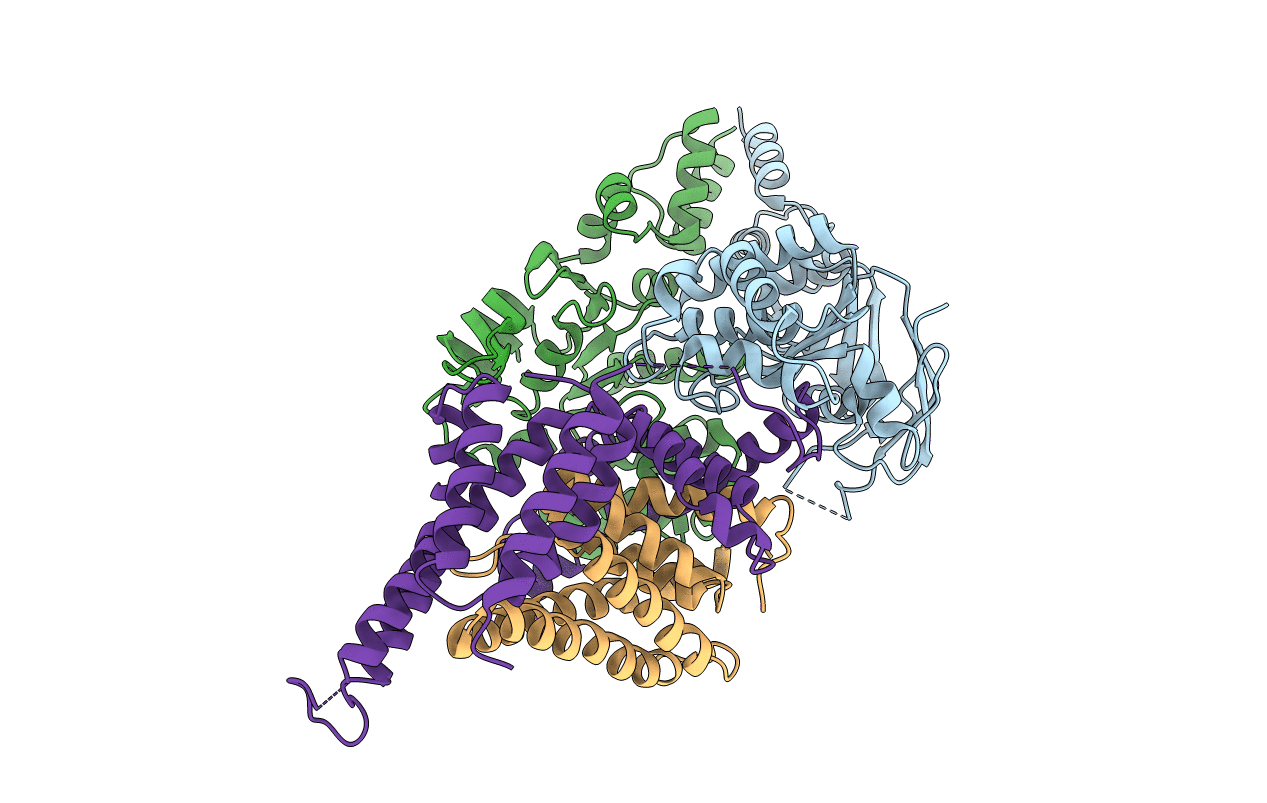
Deposition Date
2012-11-15
Release Date
2013-04-17
Last Version Date
2024-02-28
Entry Detail
PDB ID:
4HZU
Keywords:
Title:
Structure of a bacterial energy-coupling factor transporter
Biological Source:
Source Organism:
Lactobacillus brevis (Taxon ID: 1580)
Host Organism:
Method Details:
Experimental Method:
Resolution:
3.53 Å
R-Value Free:
0.29
R-Value Work:
0.24
R-Value Observed:
0.24
Space Group:
P 21 21 21


